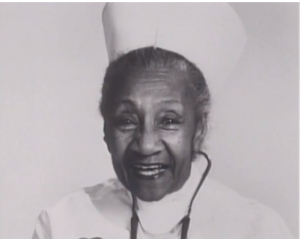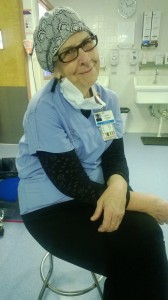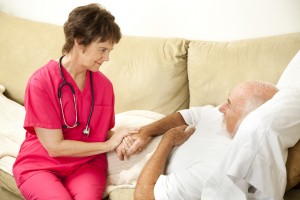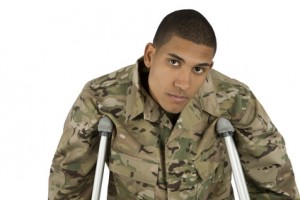As technology changes, nursing transforms its model of patient care. With the advent of personal digital assistants, smartphones, tablets and pocket-size computers, nursing has had to integrate new tools into its practice in order to provide better, safer patient care, improve patient outcomes, and communicate better with other members of the healthcare team.
The Institute of Medicine and the Robert Wood Johnson Foundation have released a landmark report, The Future of Nursing, Leading Change, Advancing Health, which issues recommendations for nurses to effect positive change in health care delivery. Each recommendation offers an opportunity to use IT tools to improve the quality, efficiency and safety of patient care.
Recommendation 1: Remove scope of practice barriers. Extending authority and reforming practice acts will enable nurses to receive incentive payments from Medicaid for “meaningful use of electronic health records” (EHRs) as provided in the Health Information Technology for Economic and Clinical Health Act, which is part of the American Recovery and Reinvestment Act of 2009. Under the Act, nurses are classified as “eligible providers,” which means nurses can use EHRs to collect and exchange patient information, resulting in better care and outcomes.

Oscar Espinoza - Fotolia.com
Recommendation 2: Expand opportunities for nurses to lead and diffuse collaborative improvement efforts. Nurses need to take a more active role as leaders of healthcare teams, whether in research, design of practice environments, or sharing best practices. When implementing new technologies, nurses should track the impact the changes have on delivery of care in order to provide positive and negative feedback to the design team.
Recommendation 3: Implement nurse residency programs. Whether a nurse has just received her license or has earned an advanced degree, nurses need time to master the skills and knowledge of a new role. Technology can assist nurses in learning new competencies by using electronic patient simulation tools, which require critical thinking skills and psychomotor skills while providing experience with using EHRs.
Recommendation 4: Increase proportion of nurses with BSN degree to 80 percent by 2020. This goal represents a 30 percent increase overall in the number of BSN-prepared nurses. Distance learning is a valuable means towards this end, given its flexibility. Distance learning also reduces the cost factor of higher education, which enables more students to take advantage of educational opportunities.
Recommendation 5: Double the number of nurses with a doctorate by 2020. The faculty shortage in U.S. nursing schools is responsible in part for the nursing shortage today. Again, technology can help by offering online education opportunities as well as providing opportunities for information-sharing and collaboration.
Recommendation 6: Ensure that nurses engage in lifelong learning. In order to stay current in their field, nurses need to learn new technologies and competencies and integrate them into their practice.
Recommendation 7: Prepare and enable nurses to lead change and advance health. All nurses need to embrace technology, whether it is being used at a patient’s bedside or in a nurse leadership position. The nurse informatician must take the lead in a strategic and operational role to bridge the gap standing between clinicians and technology. The nurse informatician gathers input from clinicians, designs an efficient workflow and tracks the results.
Recommendation 8: Build an infrastructure to collect and analyze healthcare workforce data. Data that is not organized in the best possible way wastes time, effort and money. Nurses need to keep an eye out for inefficiencies and either propose change themselves or seek out experts to keep an organization’s IT systems current.
The recommendations in this report have been a sort of call to action for the 3 million nurses in the U.S. to embrace and integrate health IT into their daily practice. The long-standing goal of health IT has always been to improve patient care and outcomes, but it can also affect nursing education, research, leadership and policy, ultimately improving nursing as an art and science.











